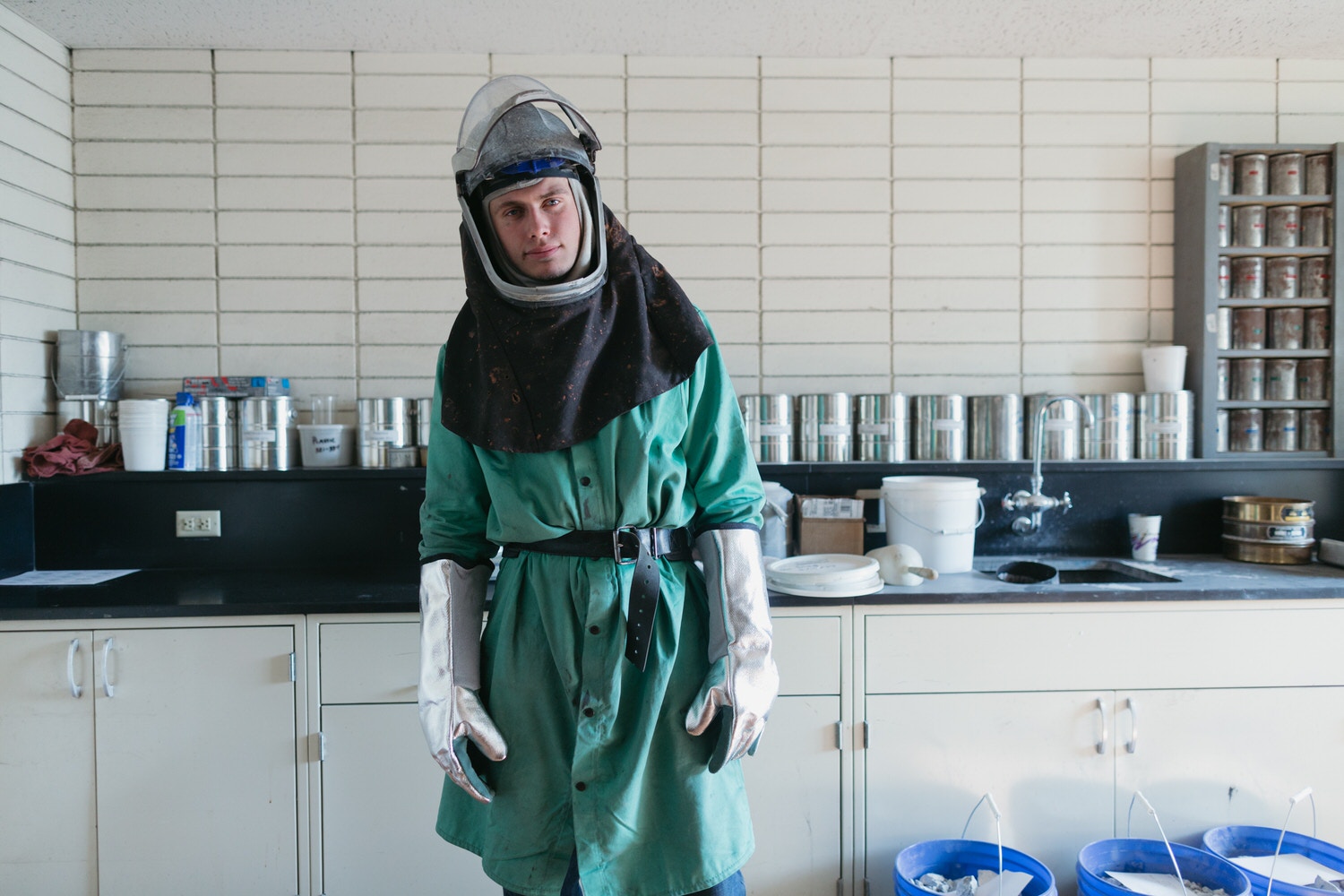
The Department of Defence is being dragged over the coals for its handling of the PFAS contamination crisis, but the problem is emerging at more sites such as airports and fire stations. And, according to experts, it could be a problem for “virtually any property development or construction project”.
The federal government is under fire for not offering buy-back or other compensation for residents at the centre of the PFAS chemical contamination crisis.
In recent weeks, the Senate inquiry into contamination of land and water near Department of Defence-operated sites by perfluoroalkyl and polyfluoroalkyl substances (PFAS) has held public hearings in Katherine in the Northern Territory and Williamtown in NSW, two of the communities affected by contamination from Defence sites.
Defence is still conducting investigations into contamination across 25 sites in every state and territory except the ACT and Tasmania.
Residents affected by contamination at one of the identified sites, Oakey in Queensland, are currently formulating a class action against the department. At this stage, no public hearing by the inquiry appears to be planned for that community.
Reports on the Katherine and Williamtown hearings by the ABC and in newspapers including the Katherine Times said residents were seeking redress for impacts including health concerns and loss of property values.
At the Williamtown hearing on Tuesday, it reported that Defence deputy secretary Steve Grzeskowiaksaid PFAS pollution was still escaping the Williamtown RAAF Base and there was no certainty as to when it would be contained.
The pollution escapes via drains during heavy rain, he said.
Coalition Against PFAS president Lindsay Clout told the inquiry the community wanted the contamination cleaned up and compensation packages offered.
Are PFAS chemical harmful?
A recent federal government expert heath review, published in May 2018, concluded that there was no evidence PFAS caused important heath effects.
This is not accepted by many PFAS action advocates, including Katherine GP Peter Spafford. His Gorge Medical Clinic undertook blood testing on behalf of the government of Katherine residents living near the Defence base to assess PFAS levels in their blood.
He told the Katherine Times levels were“way above those seen in America and Europe”, particularly perfluorohexane sulfonate(PFHxS), the toxicity of which he said was much greater than other PFAS chemicals.
“I need to give accurate and reliable information to my patients as part of the discussion on their results,” he said.
“I am finding it difficult to reassure myself here and therefore difficult to reassure my patients.”
More recently, Dr Spafford was threatened with being reported to the NT Primary Health Network by Australia’s chief medical officer, Professor Brendan Murphy, over his public comments around the blood tests.
Professor Murphy claimed the comments were creating “unnecessary community concern”.
However, Dr Spafford has not backed down. At a Defence department update held in Katherine, he said people in the community were“left with the slender thread of hope that there will be no adverse effects from this”.
“It will take approximately 50 years for the PFHxS in particular to be cleared from an individual’s system. This is a long time to wait. How many years did it take to confirm smoking was bad for you – about 40 to 50 years, I believe. The general rule is anything in excess is bad for you.”
In its submission to the PFAS Inquiry, the Royal Australasian College of Physicians (RACP) said that while the Australian government’s expert review found no conclusive evidence of “important” health effects, studies in California, Germany and the UK suggested otherwise.
The RACP therefore argued that the precautionary principle should be applied.
“The precautionary principle is intrinsic to public health and environmental health approaches to ensuring health and wellbeing at a population level,” it said.
“The precautionary principle has four central components: taking preventive action in the face of uncertainty; shifting the burden of proof to the proponents of an activity; exploring a wide range of alternatives to possibly harmful actions; and increasing public participation in decision making.
“All these principles lend themselves to action on PFAS and an alteration of the status quo with respect to both the health advice and the use of these substances.”
Other bodies affected
It is not only the Defence Department that has reason to be concerned about PFAS contamination.
QANTAS discontinued use of PFAS-containing fire fighting fire fighting foams in July last year, following a spill of 22,000 litres of foam concentrate at Brisbane Airport in April 2017, which contaminated nearby waterways, including the Brisbane River.
The Queensland government responded to the spill initially by undertaking monitoring, launching an investigation and engaging with stakeholders to manage the incident and site.
An alert was issued recommending locals not consume fish or other aquatic species caught within the zone affected by the spill, which extended from the lower reaches of the Brisbane River from Bulimba Creek to Fisherman Island and extending north to Nudgee Beach.
This ability of PFAS to spread has also been highlighted by global professional services firm, Aon, as a reason for the property sector to be aware of the potential risks posed by contamination.
Aside from Defence bases and airports, fire brigade and rural fire brigade training sites have also been identified as having high levels of PFAS contamination. In total, around 90 sites Australia wide have been mapped – and this may not be the final total.
Virtually any property site could be affected
As The Fifth Estate has previously reported, PFAS was also used extensively in fire-retardants for fabrics, furniture, mattresses and carpets up until 3M ceased manufacture of PFAS-containing Scotchguard.
In an article published this year, Aon’s Australian head of environmental services division, Cami Mok, said that property purchasers, property sellers, developers, construction companies – indeed any enterprise considering significant redevelopment of an existing site – would be wise to conduct appropriate due diligence ahead of finalising their plans in order to determine whether the land has been contaminated by PFAS chemicals.
“If there is evidence of contamination then enterprises must address the issue responsibly or expose the business, their staff, and the broader community to significant risk,” Ms Mok said.
As well as being extremely long-lived and capable of bio-accumulating, PFAS chemicals are also highly transportable, with traces found up to 20km away from the original source of contamination.
“The longevity and transportability of PFAS makes them a risk for virtually any property development or construction project,” Ms Mok said.

